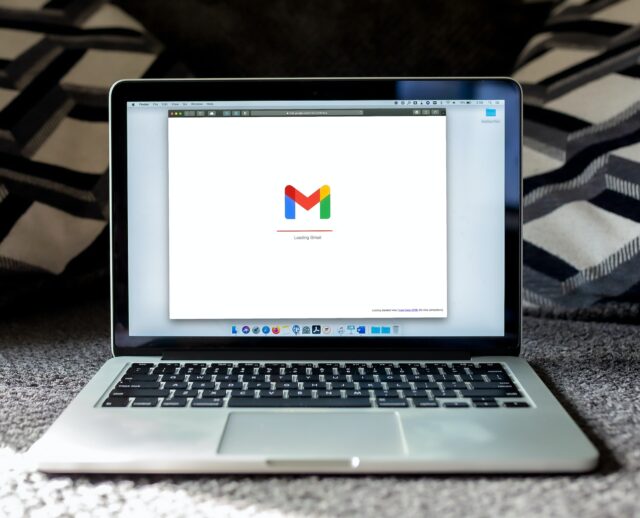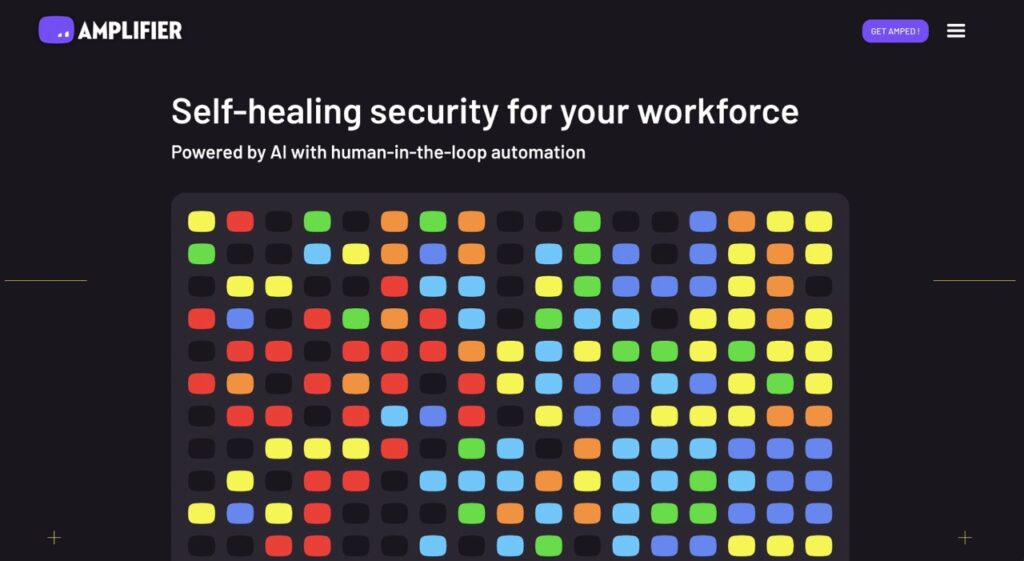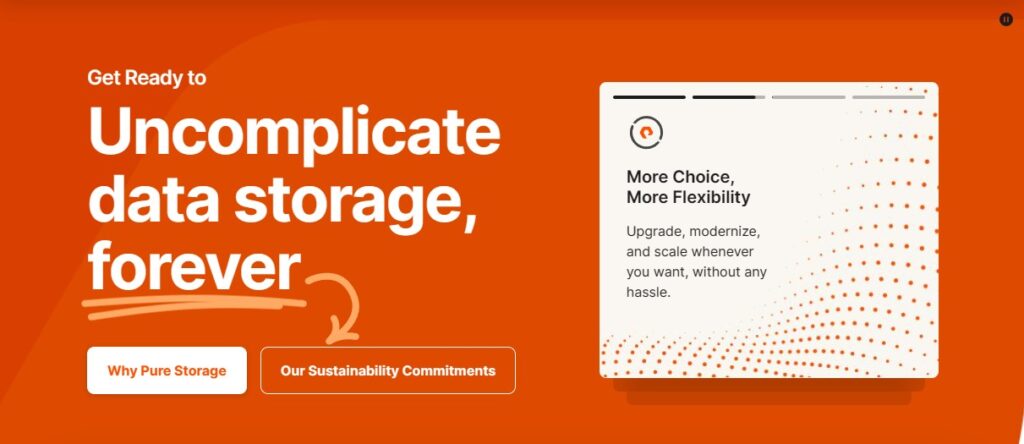The Future of Quick Design: Building a Website on Your Mobile Device
3 min read
There’s no denying the importance of mobile-friendly webpages. Today’s websites need to be responsive and ready for viewing across all devices and screen sizes. After all, a website can play a major role in your ability to rank higher in search engine results pages. But there’s something new brewing on the horizon: the ability to build a website on your mobile device.
In a fast-paced gig economy where many individuals are working remotely or on the road, more people are turning to platforms that make mobile website development a seamless process. Naturally, if you want a singular, detailed website with complex graphics, plugins, and code, there’s no better place than the Web.
But for those business owners and bloggers that want to make quick, simple changes, post-event landing pages, and easily build microsites for products and new services, mobile web development could be the answer.
The online web development space is already crowded by platforms like WordPress (which powers one-third of the Web), Squarespace, and Shopify. Now, mobile-first platforms like Universe are entering with a mobile-first approach, claiming users can design websites from their fingertips and mobile devices within minutes.
According to the company, they aim to help people be creative in a more unique way. The lightweight web design angle offers users the ability to have free domains if it’s tacked to the Universe domain. Users who want more out of their servers can upgrade hosting with another provider to take advantage of both Universe’s platform and a more reliable established hosting provider.
Brooklyn-based Universe raised $3.2 million in funding. The company sees its platform as an “infinite canvas” for mobile creatives. In an interview with TechCrunch, Universe founder Joseph Cohen said, “I’ve been obsessed with this space for three years,” he said. “It comes from the desire to turn phones into creative devices. The web is still this incredible platform for sharing identities, and there needs to be a mobile-native way of creating for the web.”
But they aren’t the only mobile-first design platforms. Already, others have started to join the competition, but many lack similar robust features and functionality. For instance, over at Joosee, users can create a website from their phones, but without an application to complement the process, users are delegated to a mobile-ready webpage.
As mentioned previously, the ability to design websites on the fly directly from a mobile device has several use cases, and microsites are one of them. Microsites are micro-focused mini-websites that serve as lead-generating homepages. These independent websites have a multitude of use cases; they can promote events and meetups, announce a new product, display survey or study results, provide detailed information about specific products and services, and much more.
Because these pages generally contain just one or a few pages of information, this is an inexpensive way to focus on a distilled goal and create a strong marketing impact.
In the future, we can expect more companies to compete with the likes of Universe and Joosee. Drag-and-drop builders will become synonymous for tablet web design. Additionally, major players like WordPress will build out their app features to make mobile design development more of a priority—and may even purchase smaller companies that have shares in the market.








1 thought on “The Future of Quick Design: Building a Website on Your Mobile Device”
Comments are closed.